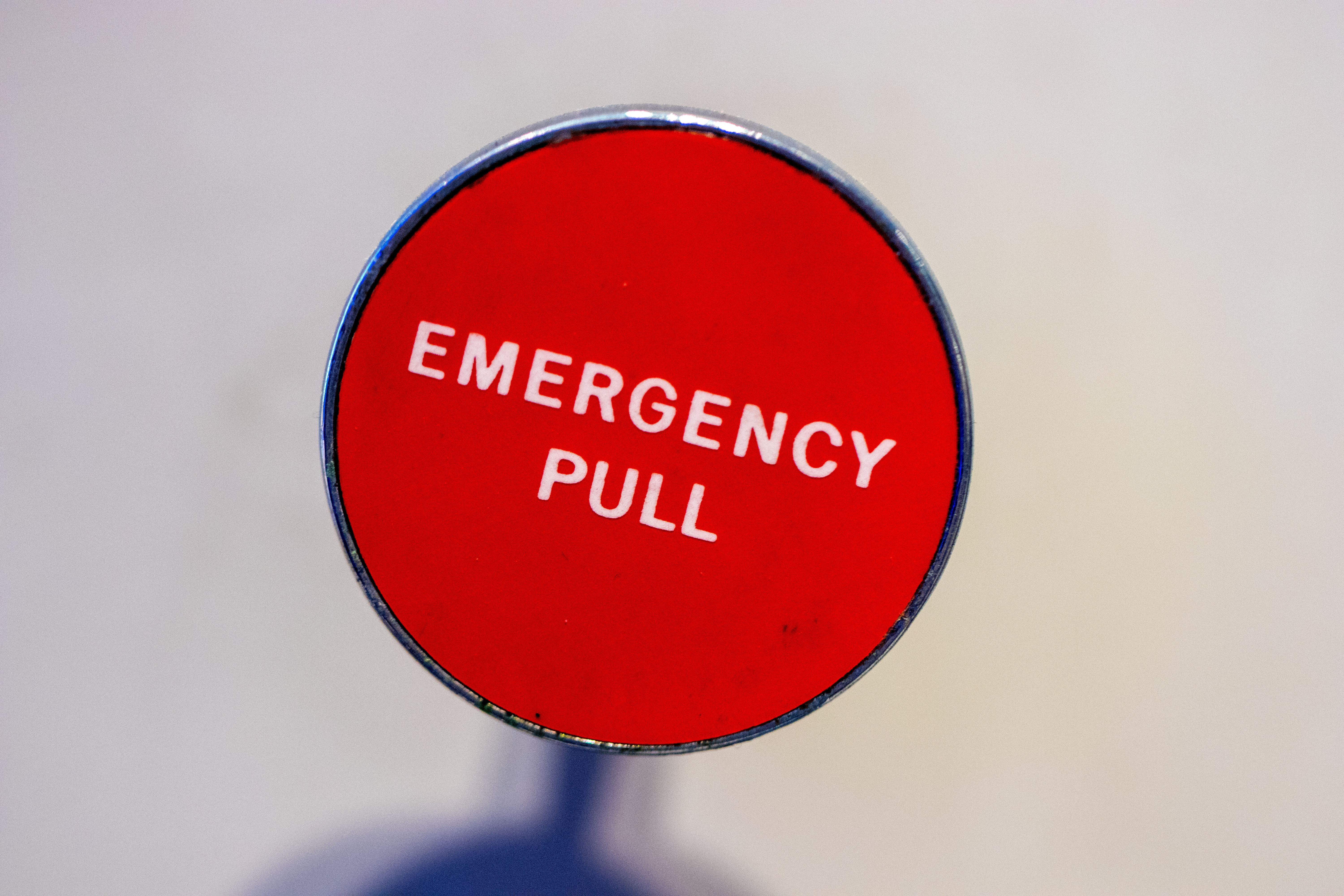We at Ushahidi have watched in horror as fires have ravaged California, where a number of our team are based, and the number of people missing has soared from 100, to 500 to over 1,000. Not knowing whether a loved one or co-worker is OK is the worst form of purgatory.

Photo by Jason Leung on Unsplash
We know this first hand at Ushahidi. In 2013, a terrorist attack. A team of active shooters sealed off the Westgate Mall in Nairobi, Kenya. The attack froze the country with thousands of people going unaccounted for in the chaos. We have a team in Kenya. We had no idea whether our people were trapped in the Mall. As it turned out, one of our employees was trapped inside. After 12 unbelievably painful hours, we heard back from our employee that she was safe and the active shooters had not harmed her.
You would have thought that an organization like Ushahidi would have had a plan to deliver emergency alerts to employees and quickly check whether they are alive or need assistance. After all, we make tools for crisis response and crisis mapping!
In fact, we had no such plan. We are hardly alone.
Few businesses have robust plans for natural disasters like wildfires and hurricanes, active shooter events, political unrest or other tragic situations. We finally created one after the Westgate Attack. Since then, the world has become even more chaotic. There have been more violent weather disruptions than ever, like the wildfires in California, more mass shootings, and more political unrest. (Note: We also decided to build an emergency alert and emergency response tool, TenFour, in the wake of the attack).
Based on our own experience and our expertise from years of dealing with chaotic situations in the field, here are seven best practices to not only building a crisis response and emergency alert plan but also to making it useful and workable.
- Have a plan.Totally obvious, I know. Just do it. Make the plan simple enough to be remembered because everyone needs to work from memory in a crisis. Our plan includes specific responsibilities for leaders in the company and the basic steps employees are expected to remember or act on. .
- Make a plan that works for your organization. Your plans will vary depending on your organization. Does everyone work in a single office? Do you have a field staff that is out and about every day? Does your team travel a lot? Are you remote? Each one will require different protocols and structures to make sure your team is safe.
- Share the plan widely. Make sure that plan isn’t on a piece of paper, in someone’s office or trapped in a PDF on someone’s computer. It needs to be a plan that exists and is known in the heads of everyone on your team, in your community, or at your company. Have the team read the plan regularly. Make it mandatory reading at a group meeting once a quarter. One easy way to help with this is to have different people be responsible for training new staff and not just the HR team every time. That way it stays fresh in everyone’s mind.
- Use software tools. Software tools, if used correctly, will make emergency response significantly easier and faster. Often people revert to things like pen and paper for fear that an essential tool will break at that critical moment. Software tools are more robust and resilient. They can be easily shared and can automate a lot of the grunt work. But make sure the software tools you use can reach your team across multiple channels (e.g. - email, SMS, voice, Slack, etc). SMS is significantly more resilient than data channels but that’s not always the case. Even cell networks can be overwhelmed in a crisis, while terrestrial broadband may continue to function. So up your chances by going multi-channel.
- Run simulations to see how it works and then adjust your plan.If you run simulations, you can trust your tools, and like everywhere else in your business, technology helps save time and improve effectiveness, and in a crisis there is nothing more important than improving efficiency and effectiveness. Minutes can be a game changer.
- Drill the plan, regularly. Once you have a plan and tools you like, drill it. If the plan and the tools are something you only ever talk about or use when there is a crisis, it won’t get used in a crisis. Find a way to integrate your crisis protocols into at least weekly operations without becoming a burden. Maybe you use your crisis check-in tool to ask a question of the whole staff every week “Dog or cat person?” Maybe you use your incident reporting tool to gather pictures of your company retreat, and let people know it’s the same number they should text if they ever need to report an incident at work.
- Make a clear delegation of authority and responsibility. The CEO should expect to be the CEO in a crisis situation too, unless there is a very clear delegation of authority to a Director of Security, or head of HR. In crisis situations it’s very important to have someone in charge and clear delegation of roles.